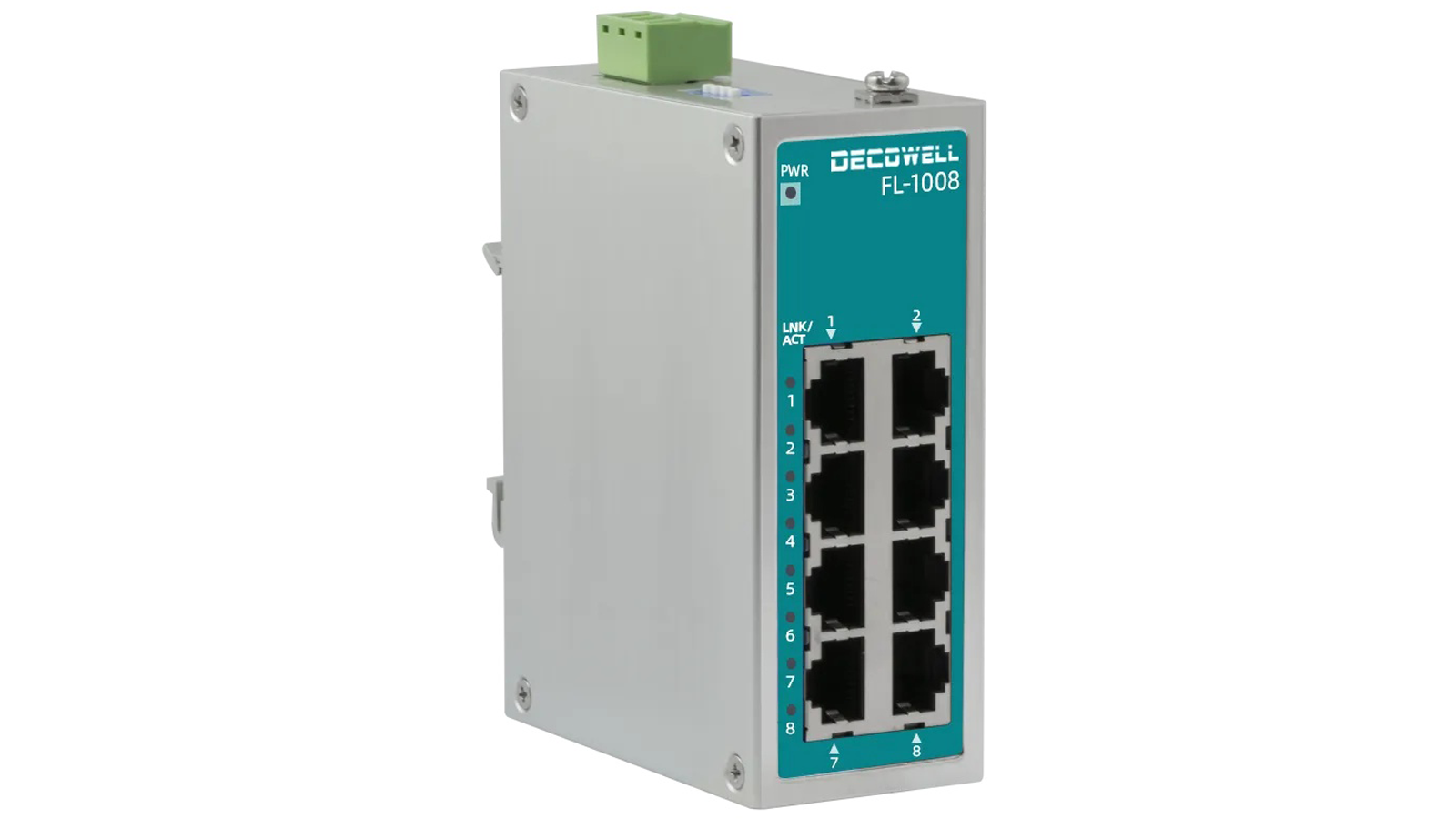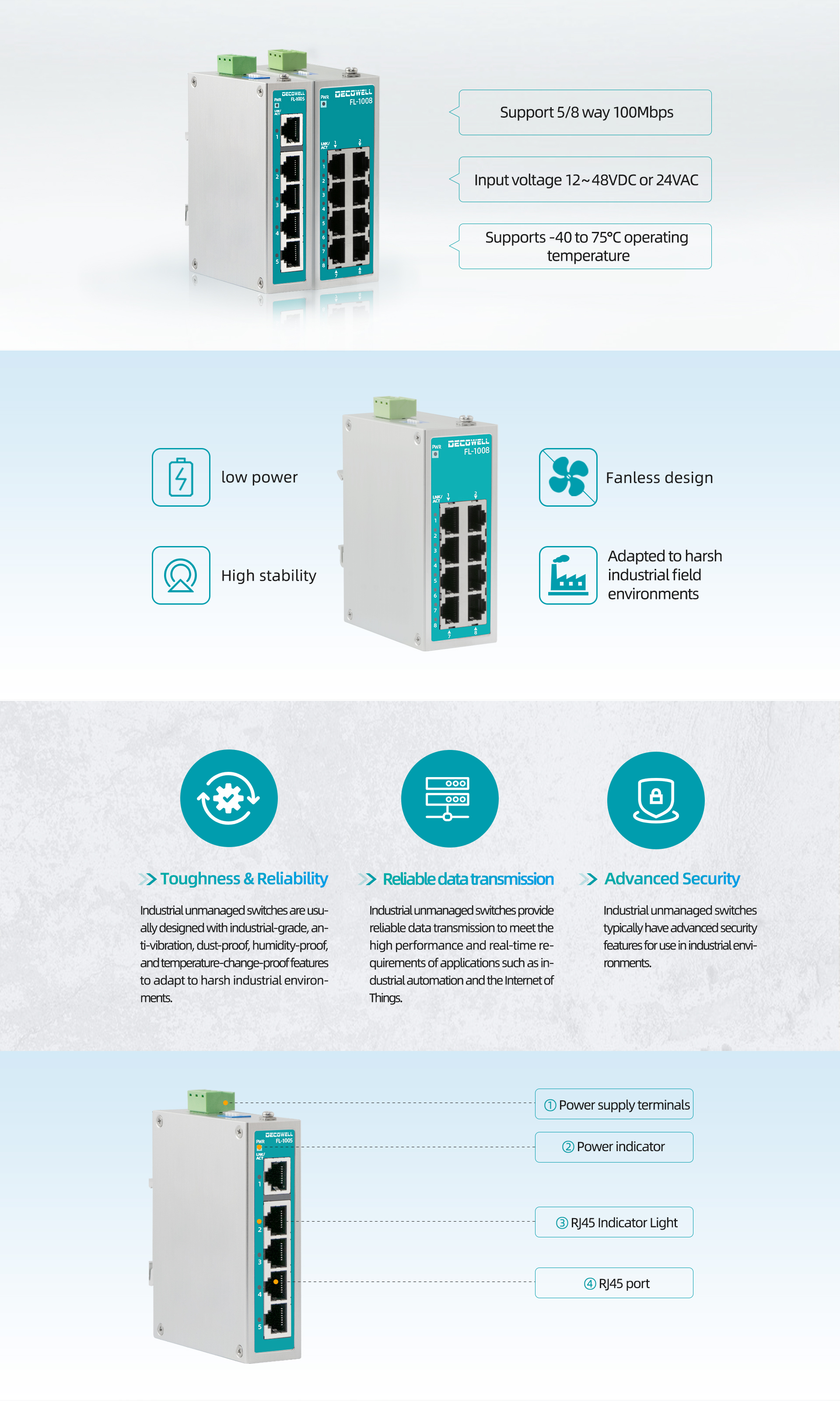In today’s fast-paced digital landscape, the efficiency and reliability of network systems cannot be overstated. Consider this: a recent study revealed that over 70% of businesses experience significant downtime due to network issues. An unmanaged switch can be a pivotal component in enhancing network functionality and mitigating failures. Yet, many users remain uncertain about how to effectively utilize these devices. So, how does one navigate the labyrinth of options to select the best unmanaged switch?

Understanding Traditional Solutions and Their Shortcomings
Before delving into the advantages of unmanaged switches, it is vital to acknowledge the flaws observed in traditional networking solutions. For instance, many organizations rely on complex, managed switches that require substantial configuration and expertise, which can lead to frequent errors. These systems demand regular updates, and their intricate configurations often result in increased operational costs. In contrast, an unmanaged switch offers a plug-and-play solution—its practicality is an immediate draw for users who seek simplicity.

The Technological Principles Behind Unmanaged Switches
Unmanaged switches operate on straightforward technological principles. They automatically identify network devices connected to them and facilitate communication without demanding advanced settings. Such seamless functionality means users can focus on their core business activities rather than grappling with network management complexities. This ease of use enhances overall productivity across various operational sectors.
User Benefits: Quantifying Efficiency and Cost-Effectiveness
Switching to an unmanaged switch means tangible benefits for users—both in terms of efficiency and cost-effectiveness. Companies can experience reductions in setup time by up to 75% as they forgo cumbersome configurations. Furthermore, the reduced need for IT support translates into financial savings, allowing resources to be allocated more effectively. Ultimately, the advantages of adopting an unmanaged switch are compelling, enhancing both performance and budget management.
Conclusion: Evaluate Your Options Wisely
When considering network solutions, always verify these three metrics before selection: ① ease of installation ② compatibility with existing infrastructure ③ potential scalability for future growth. Such considerations ensure the best choice for both current needs and future developments in technology.
In summary, to find the best unmanaged network switch, it’s crucial to evaluate various models based on performance, ease of use, and scalability. Users who focus their search on these attributes often discover significant improvements in their networking capabilities.
Furthermore, when assessing options, one must consider the role of the industrial ethernet switch. These devices are particularly beneficial in robust environments requiring reliable data transmission. They provide a level of durability and performance unmatched by standard equipment, enabling continuous operations without interruption. The investment in industrial-grade solutions often proves invaluable, as companies experience fewer outages and seamless functionality across networks.
Ultimately, entrepreneurs and IT managers alike will find that choosing DECOWELL presents substantial benefits as a supplier. With a reputation for quality and reliability, DECOWELL embodies the supply advantages that users crave—an essential partner in technology management.